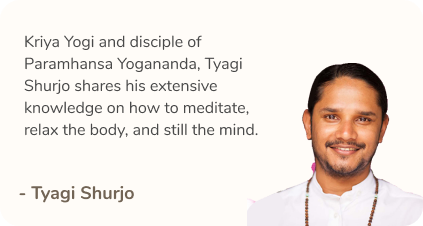Life can take us through a lot of ups and downs, and we often can feel unhinged, anxious, or even paralyzed to cope with difficult emotions. The mountain meditation was designed to develop stillness and calm and to connect with our inner strength and stability to deal with these internal or external challenges. The concept is that deep inside our hearts have the ability to hold it all, the pain and sadness, the light and happiness, as well as the unexpected that life throws at us.
Why Mountains?
Mountains symbolize constancy, permanence, stillness, and its peak spiritually signifies the state of absolute consciousness. Mountains are mighty and majestic and signify strength, power, and stability. They have a strong foundation and unwavering strength that allows them to be unaffected by rain or hail, sunshine or snow. Through it all, the mountain just sits, experiencing change in each moment, constantly changing, yet always just being itself. People may come to see the mountain and may have an opinion about it, good or bad, but that makes no difference to the mountain’s existence, and it continues to be itself.

A mountain is completely natural and at ease with itself, however strong the winds that batter it, however thick the dark clouds that spin around its peak. Thus like a mountain, let your mind be steady, knowing that all things pass.
As we sit in meditation, we can learn to experience the mountain, we try to embody the same central, unwavering stillness and groundedness in the face of everything that changes in our own lives, over seconds, over hours, over years.
Must-Read: Anulom Vilom: How to Practice Alternate Nostril Breathing
By becoming the mountain in our meditation practice, we can connect with its strength and stability and adopt that for our own. We can use its energies to support our energy to encounter each moment with mindfulness, poise and clarity.
With each breath, as we continue sitting, becoming a little more of a breathing mountain that is alive and significant, yet unwavering in our inner stillness, continuing to be who we are, beyond words and thought, a grounded, unmoving presence.
Here is a short mountain meditation routine for beginners as suggested by Jon Kabat-Zinn.
How To Practice Mountain Meditation?
- Sit in a comfortable posture on the floor or in a chair with the spine tall.
- After following your breath for a couple of minutes, imagine in vivid detail the most beautiful. mountain you know of and resonate with. Envision its various details and stable, unmoving presence grounded in the earth.
- After a few minutes of developing and holding this clear image in your mind, imagine bringing the mountain inside yourself and becoming the mountain.
- Imagine yourself sitting in stillness and in calm, simply observing and resting unwavering as the various weather patterns, storms, and seasons pass before you.
- Just as a mountain endures constant changes and extremes, we also experience various thoughts, emotions and life challenges. Imagine viewing these experiences as external, fleeting and impersonal events, akin to weather patterns.
- Feel yourself unwavering and rooted in stillness amidst the constant change of your internal and external experience.
- This meditation is designed to last about 20 minutes but can be shortened or extended based on the practitioner’s preference.
About the author:
A certified Hatha Yoga teacher from the Sivananda Yoga Vedanta Centre, Madurai, TRM Master Pooja Nidadavolu has been helping Yoga practitioners beginners, children as well as older people with her specialised programmes. Being in the marketing and business world for almost a decade, Pooja found her balance in life through Yoga. Her classes are a combination of pranayama, asana, and relaxation, which ensure holistic wellbeing.
Visit Pooja Nidadavolu’s website and register for her classes using the link here.
Read More: 7 Cleaning Hacks To Keep Your House Clean In Under 5 Minutes
Like & Follow ThinkRight.me on Facebook, Instagram, Twitter, Pinterest and Telegram to stay connected.






























